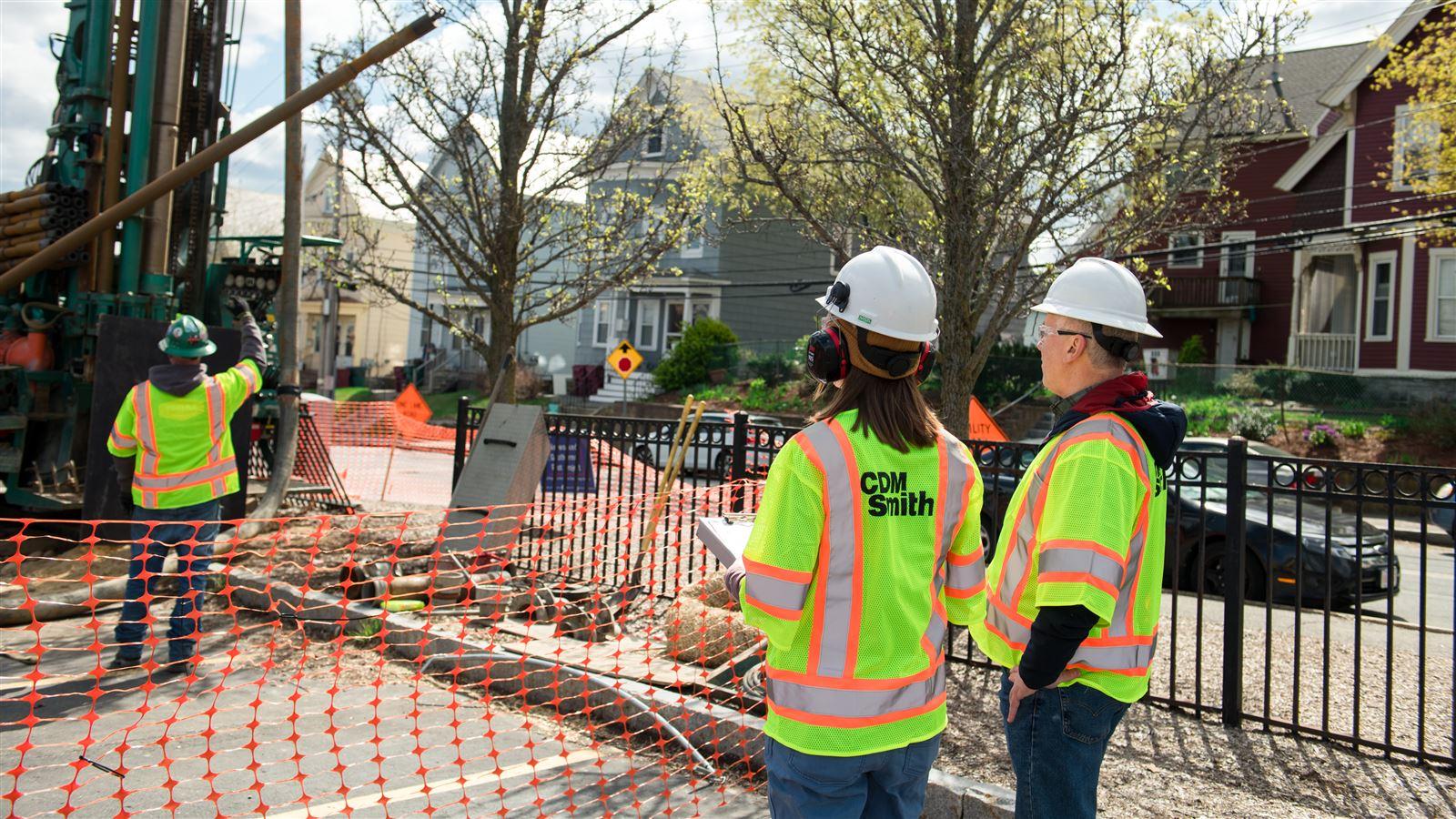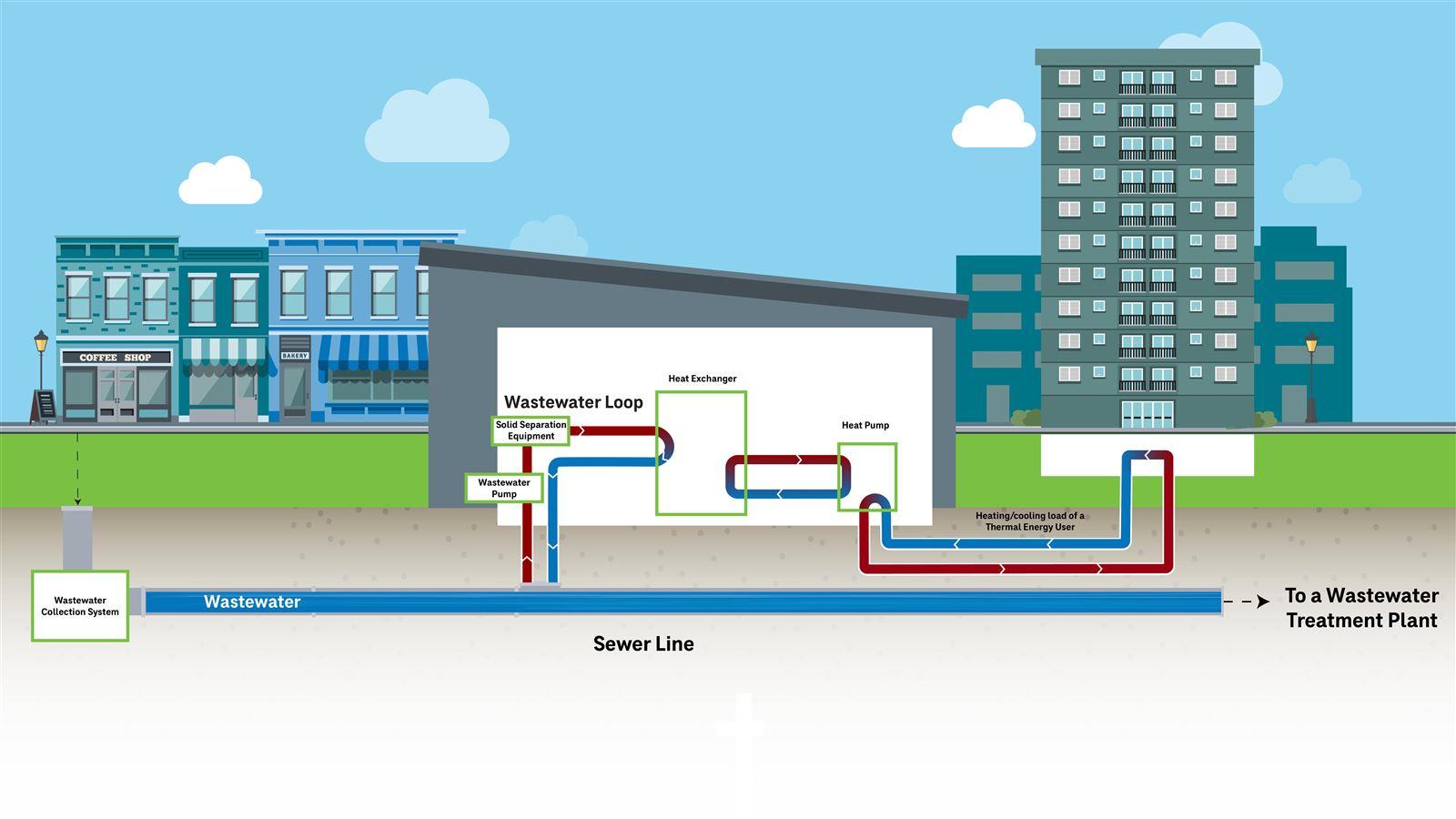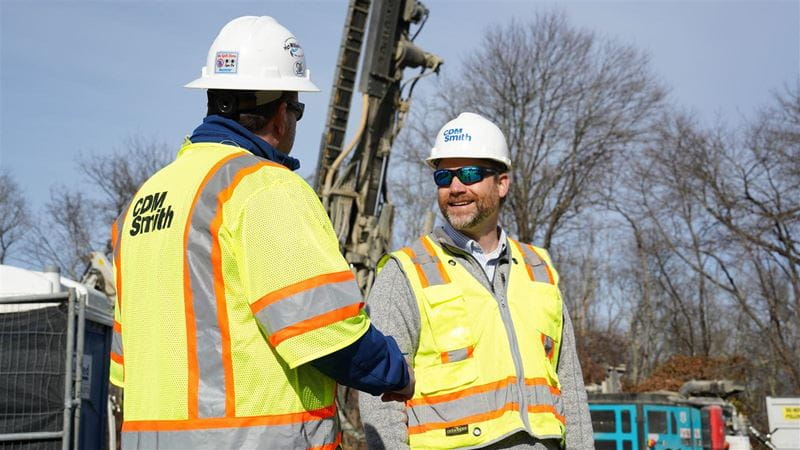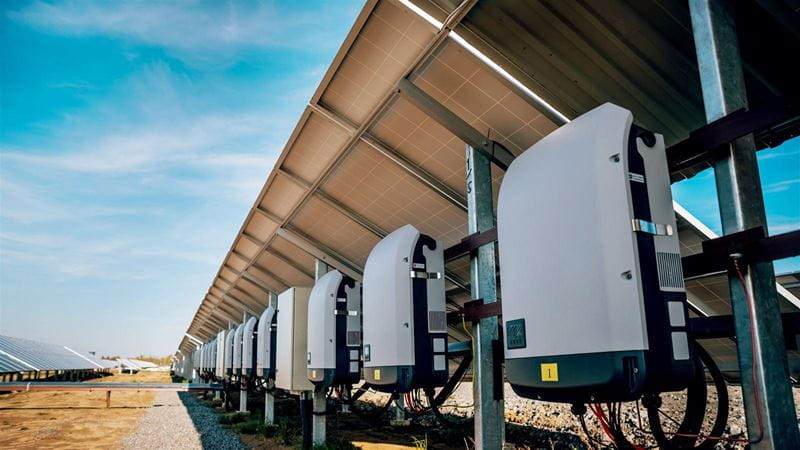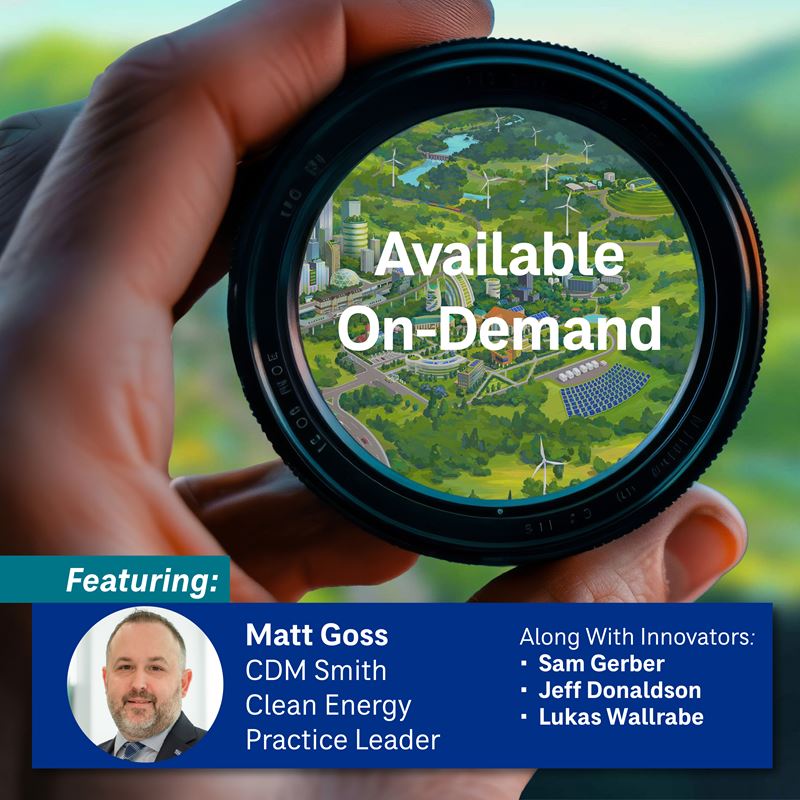The Next Generation of Energy Solutions: A Conversation
As energy demands continue to rise across the globe, utilities are under mounting pressure to deliver reliable power through aging infrastructure. Brownouts, the brief drops in power that interrupt service, are becoming more common. The power grid was not built to handle today’s energy demands or the increasing needs of an electrified future.
To explore how the energy sector is responding, CDM Smith hosted a webinar featuring leaders in engineering, project development, and future planning. Panelists discussed the latest solutions, such as geothermal networks, microgrids, and utility-scale battery storage technologies that not only support carbon reduction goals but also increase system resilience and efficiency.
Each speaker brought a unique perspective, with CDM Smith energy practice leader Matt Goss emphasizing project management and the importance of collaboration. Energy experts Sam Gerber (specializing in geothermal), Jeff Donaldson (microgrids) and Lukas Wallrabe (battery storage) shared insights about specific energy trends and projects around the world.
How are digital tools and integrated design methods transforming how we approach energy infrastructure projects?
Lukas: One of the biggest success factors in the Kupferzell grid booster project in Germany was digital collaboration. We used Building Information Modeling (BIM) as a central digital planning tool to streamline both the planning and execution phases. BIM allowed all stakeholders to work together more efficiently and helped identify potential design clashes early, before they could turn into costly issues. This not only optimized costs and improved safety but also enhanced sustainability by enabling more precise quantity calculations for materials. Our work using this digital-first approach earned us the ICPMA Sustainability Award in 2023, which we were proud to accept alongside our client at the ICPMA conference in Munich.
How does stakeholder alignment influence the outcome of a long-term infrastructure project like Fort Wayne’s microgrid?
Jeff: On the Fort Wayne project, which started in 2018 and is just now nearing final commissioning, stakeholder alignment was one of the most important factors. This project had a wide range of stakeholders, from developers to city operators, and each had different goals. Some prioritized cost, others focused on renewables or decarbonization. Having a structured framework for aligning those goals early and maintaining that alignment throughout the process was key to ensuring the success of such a complex microgrid initiative. CDM Smith played a major role in those early planning conversations, which made a big difference.
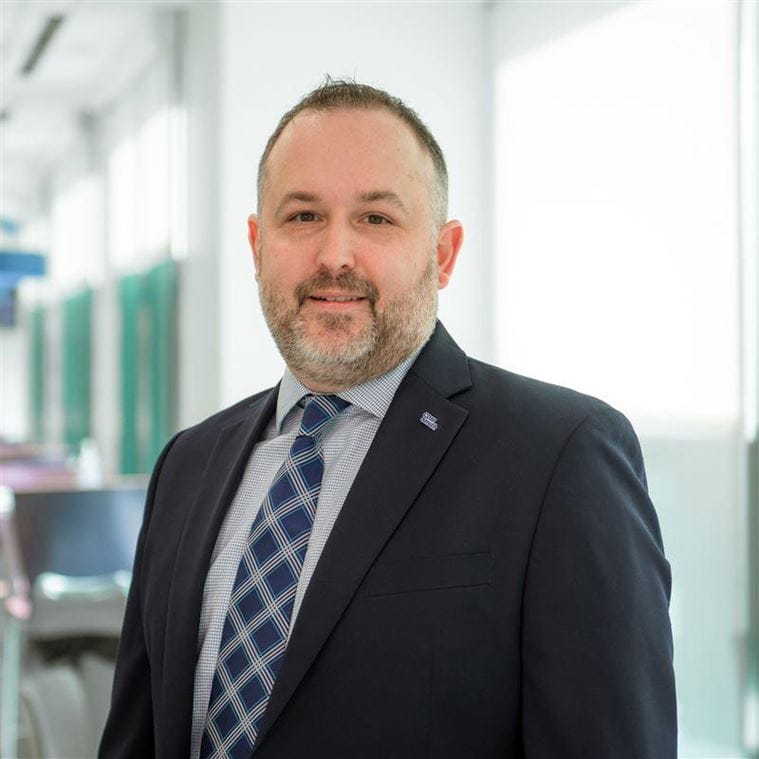
Successful energy projects rely not just on great design, but on strong project management and collaboration from day one

Utility-scale geothermal systems come with their own set of challenges. How did you manage coordination across such diverse users?
Sam: Communication and collaboration were essential. When you scale from a conventional building-sized geothermal system to a utility-scale one, you’re dealing with a huge variety of end users, from large buildings with dedicated teams to individuals in homes. That means constant engagement with people at different levels of technical understanding. Our approach focused on continuous, clear communication to keep everyone aligned, both on the utility side and with clients.
What guidance would you give clients who are just beginning to explore these kinds of energy projects?
Sam: Always start with a rigorous feasibility study. You need to understand the energy loads, site geography, retrofitting challenges and the needs of end users. Early and ongoing collaboration with all stakeholders is key. Also, be creative. These systems offer a lot of flexibility, so keep an eye out for opportunities to integrate different types of heat sources, sinks and storage options to optimize the energy ecosystem.
Lukas: Involve us as early as possible. Especially with battery storage projects in the U.S., early coordination across all disciplines, like civil, electrical and regulatory, is crucial. Starting with feasibility studies helps avoid misalignment later and streamlines the process. Battery storage isn’t just about grid expansion; it’s valuable for industrial clients, data centers and renewable energy systems, too. At CDM Smith, we leverage both European expertise in large-scale storage and U.S. design-build resources. Plus, our partnerships with system integrators mean we can deliver customized, fully integrated solutions across applications.
Jeff: The biggest piece is planning. We can engineer anything once we have clear goals and good data. But the real success comes from making sure we’re all pulling in the same direction from the start. Complex systems often combine elements that don’t usually work together, so alignment early in the planning process is everything. The more data we can gather up front, the better. It ensures the engineering and execution phases go smoothly, and it reflects everything Sam and Lukas said about early engagement and continuous alignment.

